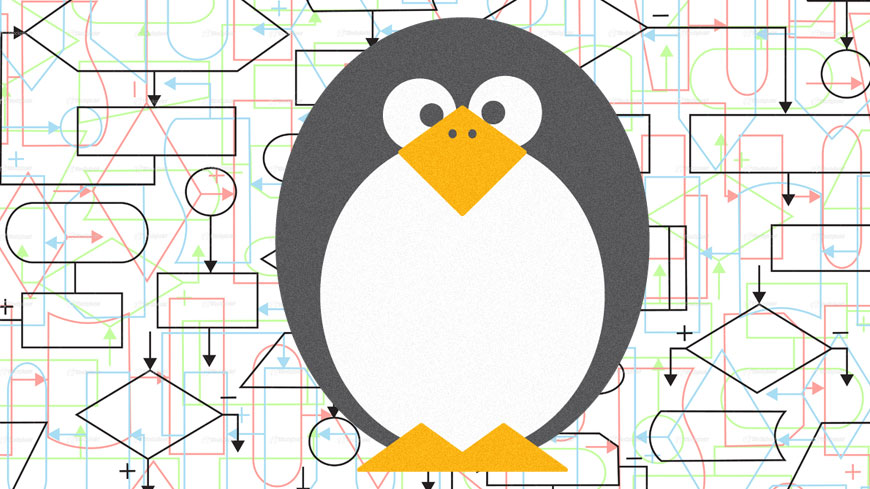
When Google’s Matt Cutts first made the announcement about the coming of a new Penguin generation in March, webmasters have been on their alert mode waiting when Penguin 2.0 will hit the Google search results. Apparently, Google officially started rolling out Penguin 2.0 on May 22, 2013. With such roll-out Cutts expects for the new Penguin 2.0 to have a significant impact on web spam. Instead of just looking at the home page of a site, the new Penguin goes much deeper, with big impact on small areas. Cutts said that the new Penguin 2.0 will affect 2.3 percent of English-US queries and even non-English queries as well. According to Cutts, the scope of the Penguin webspam algorithm varies by language. He said that languages with more webspam will definitely feel the impact of the new Penguin.
Penguin 2.0 is more of an internal reference because this is an updated algorithm and not just a data refresh, the fourth Penguin-related launch which Google has done. It is a webspam update dedicated to finding and addressing black-hat webspam. Penguin 2.0 is a lot more comprehensive than Penguin 1.0.
What this update means for white-hat SEOs is nothing as heavy an impact for black-hat webspams. Cutts basically emphasized that webmasters should keep making great sites that users love that they will want to tell their friends about. Sites are encouraged to compel website visitors to bookmark it, come back to it repeatedly, subscribe to it, etc. The goal is to make it known that your site has a lot of good and quality information to offer.
What-hat SEOs will be supported by Google in promulgating white-hat practices as they work hard to make certain that your quality content shows up in the search engines results page for users to find, visit and consume. That’s Google’s end of the bargain. For the webmasters, they should work hard in making certain that their sites have what it takes to please the users.

Cutts briefly outlined what SEO webmasters can expect from the new Penguin 2.0 throughout the summer of 2013. They are:
- Penguin 2.0 targets Advertorials. This includes paid advertising that violates Google’s Quality Guidelines. If someone pays for coverage or advertising, those ads should not flow pagerank. Google is determined to be stronger in enforcing this change as a move forward. Pagerank is not something that should be bought or sold. Advertorials are okay for as long as they don’t flow pagerank and that there should be clear and conspicuous disclosure so that users would know that something is paid and not organic.
- Google is also working on ways to deny the value to link spammers. Cutts said they are working on a different system that does more sophisticated link analysis.
- Google still continues to work on hacked sites by trying to detect them better through a more next generation of hacked site detection that is more comprehensive, and trying to communicate better with webmasters. Google is looking at establishing a one-stop-shop where webmasters can go and report if their sites have been hacked, use appropriate webmaster tools that will point them to the right way of cleaning their hacked site.
- Google will give higher value in terms of pagerank for authority sites detected which they determine to be genuinely authoritative in their niche.
To sum it up, the new Penguin 2.0 will not so much affect webmasters that are following Google’s guidelines in terms of white-hat SEO practices. The new Penguin update is more targeted at webmasters that continue to violate the Quality Guidelines of Google and who have completely junked white-hat SEO practices and opted for the spammy practices.



